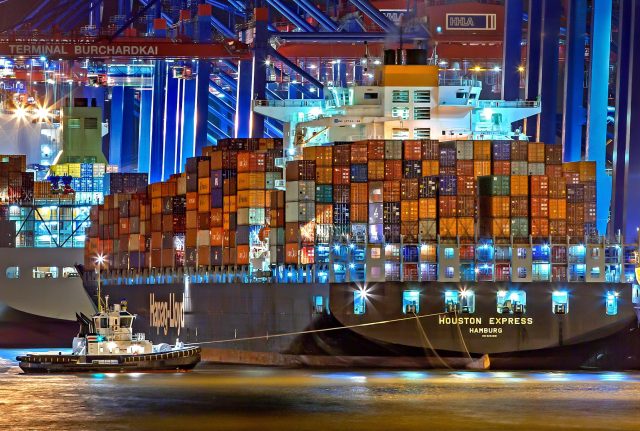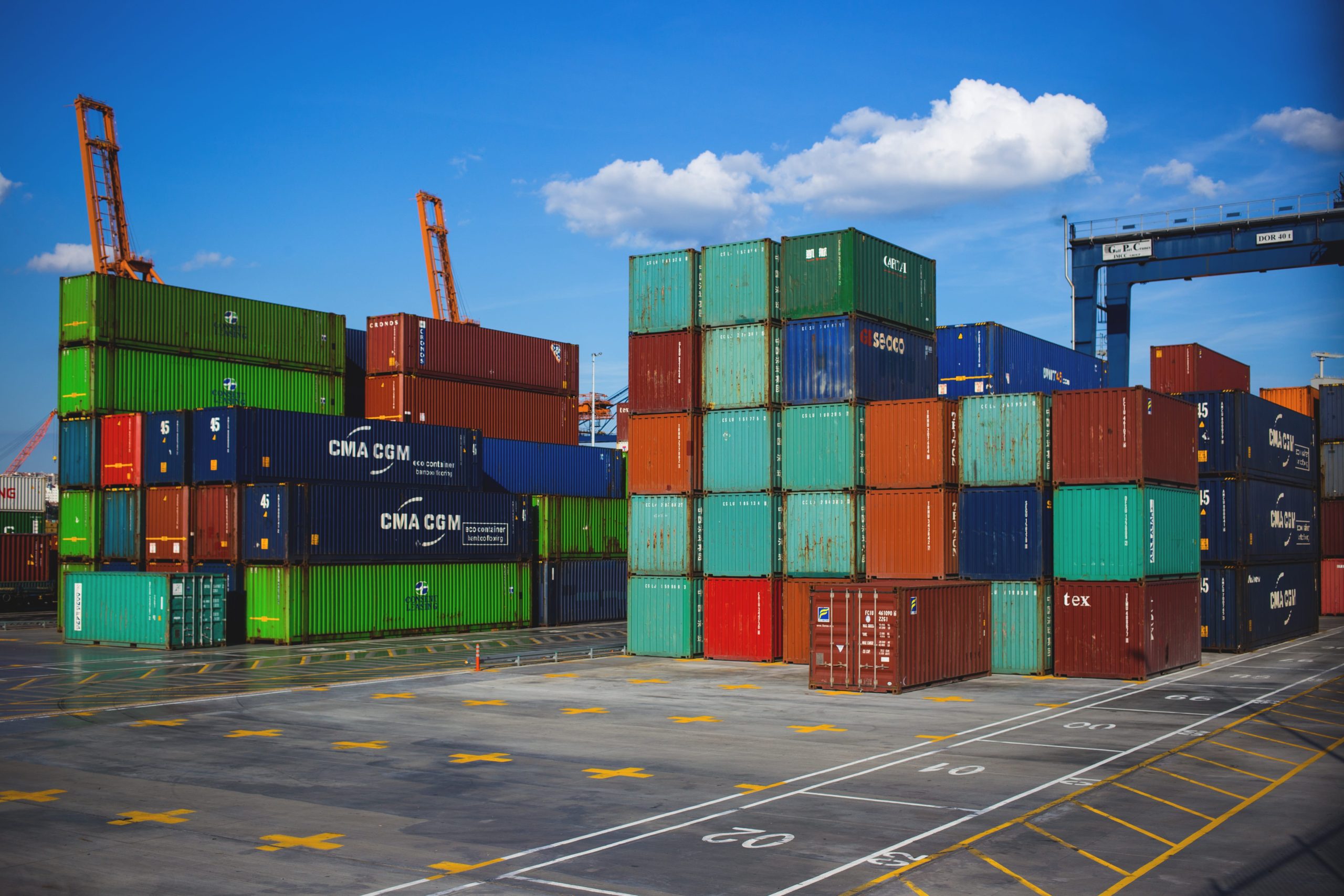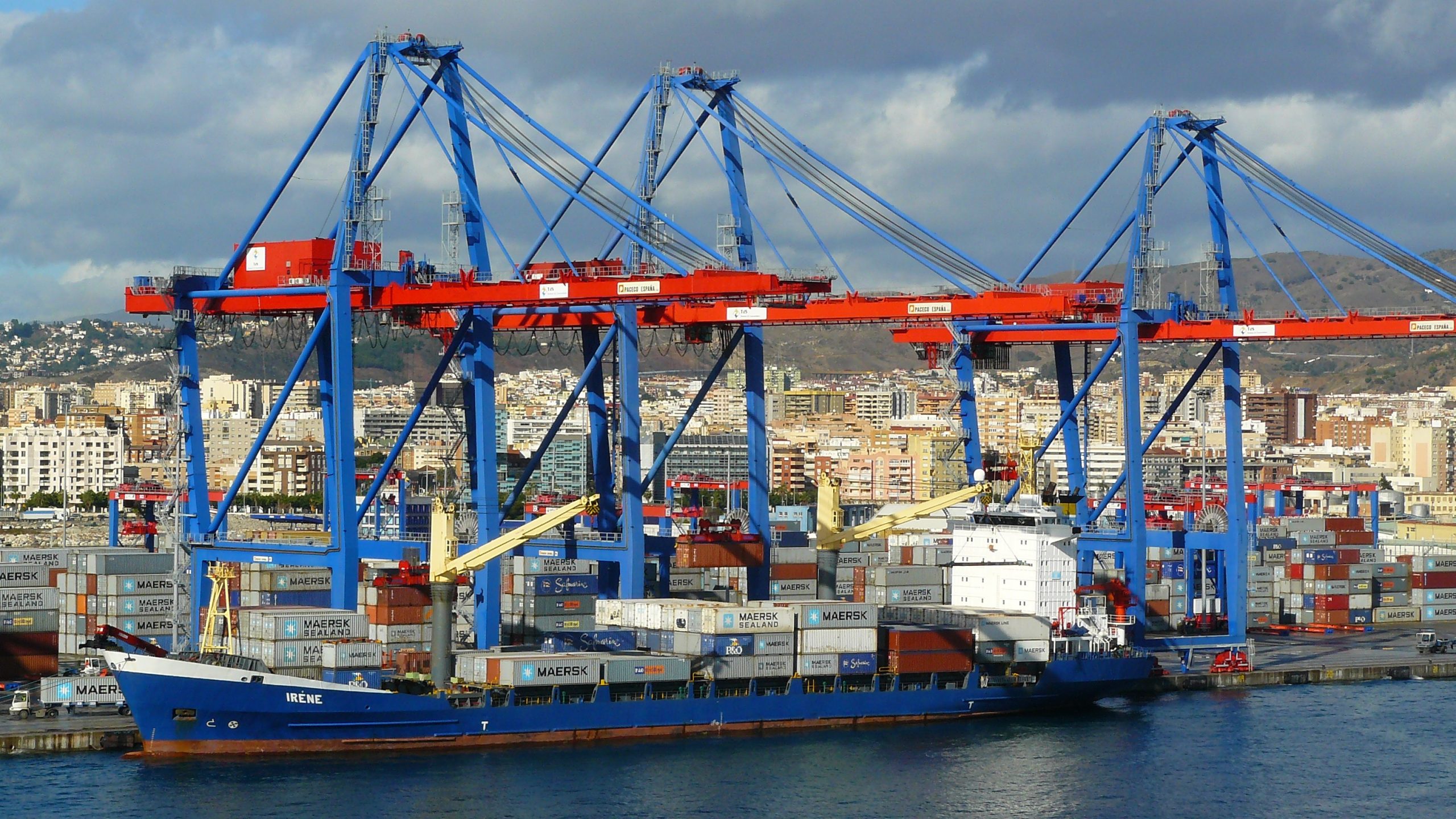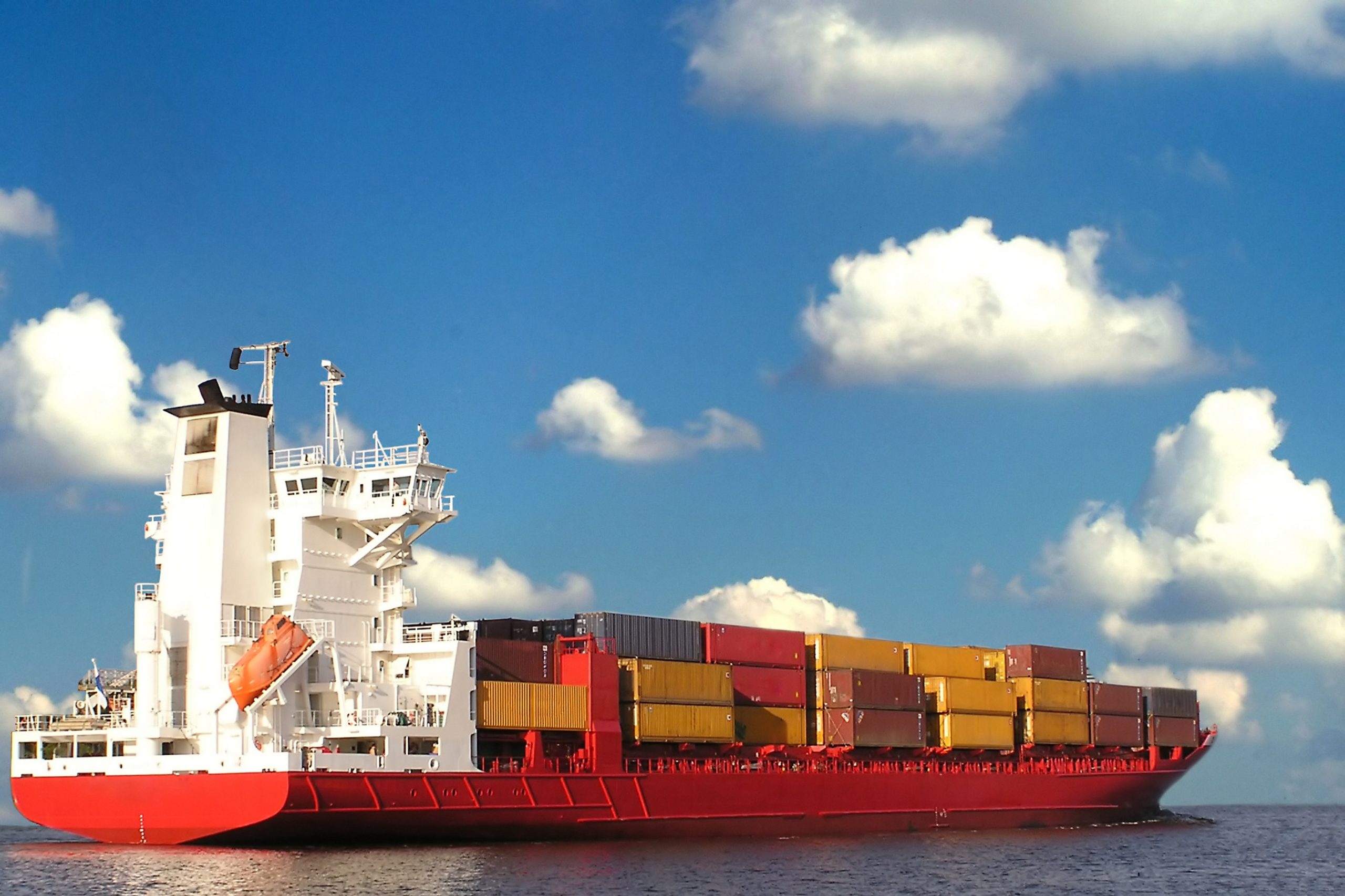
The “International Trade Barrier Index 2025” (TBI 2025) report by the Tholos Foundation provides a detailed picture of trade barriers in 122 countries. These 122 countries analyzed account for an incredible 97% of the world’s GDP and 80% of the global population. Developed by international economic and trade policy experts, the index analyzes direct and indirect trade barriers, dividing them into four main pillars: Tariffs, Non-Tariff Barriers (NTBs), Restrictions on Services and Trade Facilitation. The BIT 2025, published in early May, represents a significant expansion from the previous edition produced in 2023. The BIT reflects the increasing complexity and dynamism of international trade policies, digital transformations and growing protectionism in the context of today’s geopolitical tensions.
The 4 pillars of the TBI index in plain language
The first pillar of the BIT Index is tariffs. Tariffs remain the most visible traditional trade barrier. On average, the global MFN (Most Favored Nation) rate is 7.6%, up 8.7% compared to the TBI 2023 edition. It stands out with a liberal tariff policy, with countries such as Hong Kong and Singapore applying zero tariffs, while India and Egypt impose the highest tariffs. Israel has moved up the rankings thanks to lower tariffs and an increase in the proportion of tariff-free tariff lines. In contrast, the US is at risk of plummeting in the rankings due to a new tariff campaign launched by President Donald Trump, which could lead to the elimination of all duty-free tariff lines.
The second pillar of the BIT Index is Non-Tariff Barriers (NTBs). NTBs include regulations such as import/export quotas, sanitary and phytosanitary (SPS) measures, export subsidies, anti-dumping policies and special tariffs. Although NTBs are less visible than tariffs, these measures can have a major economic impact. Surprisingly, developed countries such as the US, Germany or France are the biggest users of NTBs. For example, the US leads in terms of bilateral barriers (anti-dumping duties and countermeasures). At the same time, low-income countries rarely use such measures due to a lack of administrative capacity.

Restrictions on Services, the third pillar of the BIT, is a growing part of international trade. BIT 2025 looks at restrictions in key areas such as telecommunications, financial, professional, construction and entertainment services. Developed countries such as the US and Canada are relatively open, while Indonesia, Vietnam, China, the Russian Federation and India are among the most restrictive, due to local content policies and severe limitations in the telecommunications and financial sectors.
Trade Facilitation, the fourth pillar, reflects the “behind the border” economic fundamentals that make trade work: property rights, logistics performance, free trade agreements (FTAs) and restrictions on digital trade. Singapore remains the world leader in trade facilitation, followed by Finland, Germany and Austria. However, the increase in Digital Trade Restrictions (DTRs), particularly in the EU and China, negatively affects the overall trade facilitation score.
Digital trade, the new frontier of protectionism. Analysis by regions and income groups
Central to the TBI 2025 report is the explosion of digital barriers. The European Union, through laws such as the Digital Services Act and the Digital Markets Act, imposes restrictions on data flow, local content requirements, security regulations and digital taxes. These restrictions imposed by the EU, according to experts, affect competition and innovation. China dominates when it comes to “data localization” and “security barriers”, while the US avoids strict federal regulations but imposes state-level restrictions in the gig economy (Uber, Airbnb etc.). Countries such as Singapore and New Zealand remain the most open in digital commerce.
North America remains by far the freest trading region thanks to Canada and the US. Western European states follow closely behind the North American continent, although it is dragged down by NTBs and digital restrictions. East Asia and Pacific has extremes from Hong Kong (position 1) and Singapore (position 2) to Indonesia (position 122). Sub-Saharan Africa has made progress, thanks to countries like Mauritius while South Asia is the most restrictive, dominated by India and Pakistan. High-income countries are freer in general, but make heavy use of NTBs and digital restrictions while low- and middle-income countries impose high tariffs and have poor logistical performance.
Relevant case studies
Argentina’s import substitution policy has led to high tariffs but has limited competitiveness and increased inflation. Mercosur-EU agreement opens up prospects but requires alignment of intellectual property standards. EU vs. Mercosur and Indonesia: EU regulations on environmental policies and digital industry laws significantly affect market access for South American and Asian partners. The palm oil dispute with Indonesia highlights this dynamic. After Brexit, the UK’s Digital Regulator CMA (the competition authority) was given new powers. Thus restrictions have been placed on digital giants in particular US ones and this risks discouraging domestic innovation. In Asia for example, local content requirements imposed by Indonesia led to the banning of the iPhone 16, raising questions about the effectiveness of these policies in stimulating local industry.
Trade barrier dynamics in the TBI 2025 report
In order to gain a deeper understanding of the dynamics of trade barriers, the TBI 2025 report has included a series of graphs and charts to give everyone a visual picture of trends, regional differences and developments over time. The picture showing the global BIT 2025 ranking shows the ranking of the 122 countries analyzed according to the overall BIT score. The countries with the fewest trade barriers are Hong Kong (1), Singapore (2), Israel (3), followed by Canada, Japan and New Zealand. At the bottom are Indonesia (122), Russia (121), India (120) and Venezuela (119). Countries with open, export- and service-oriented economies such as Singapore and Hong Kong tend to have low TBI scores, while large, protectionist-oriented economies such as India and the Russian Federation are at the opposite pole.
Looking at the evolution of the TBI score between 2023 and 2025 we can see an average 7% increase in trade barriers globally between 2023 (3.95) and 2025 (4.22). The largest increase is in the Facilitation pillar, followed by NTBs and Services. Although tariffs have remained relatively stable, indirect restrictions, which are more difficult to detect and harder to tackle, have increased significantly. This suggests a sophistication of protectionism, migrating from traditional instruments (tariffs) to more subtle means (digital regulations, logistical barriers).

If we look at the changes in the Tariff and Facilitation pillars we can notice a significant change in the top countries with the most friendly tariff policies. The first place, due to the small number of tariff lines and the high proportion of duty-free lines, is Mauritius. In the Facilitation pillar, Singapore remains the leader, but Denmark and Japan can be seen moving up the rankings due to improved property rights and logistics. Therefore, countries with good infrastructure and respect for intellectual property manage to create efficient trading environments even if they do not have the lowest tariffs.
If we compare the TBI index by geographical regions and income groups, using the average TBI scores as a benchmark, we can see that North America and Western Europe have the lowest scores, while South Asia and Sub-Saharan Africa have the highest levels of trade barriers. We can therefore conclude that in low-income regions tariffs and restricted services dominate. In contrast, developed regions make more use of NTBs and sophisticated digital barriers.
In terms of changes between 2023-2025 Sub-Saharan Africa is the only region to show a notable improvement in Facilitation with a 0.2 decrease in score, while Western Europe and East Asia and Pacific increased significantly in barriers, mainly due to digital restrictions. In tariffs, South Asia saw the largest increase, reflecting the protectionist policies of India and Bangladesh. The most tariff-free countries are Mauritius, Hong Kong, Israel and Norway, all with very low MFN rates and large proportions of tariff-free tariff lines. These countries demonstrate that an open trade policy can be pursued regardless of the size of the economy, as long as infrastructure and political stability allow. Developed (high-income) countries have an average score of just 2.96 in services, while low-income countries score over 6 points. The most affected sectors are construction, telecommunications and professional services. This is why governments in poor countries restrict access to foreign services to protect local industries, but this reduces the quality and competitiveness of services.
The five most restrictive countries in services are Indonesia, Vietnam, China, Russia and Thailand. These countries impose localization, licensing and content requirements, particularly in the digital sector. European countries (e.g. Poland, Slovakia, Germany) and the US are large users of NTBs, especially anti-dumping and CVDs. The graph shows that NTBs are preferred by developed countries, while poorer countries rely on tariffs. NTBs are sophisticated tools used by advanced economies to impose restrictions without blatantly violating international trade agreements.

The rise of digital barriers is significant in high-income countries, especially in Western European Union countries. Restrictions include digital taxes, data flow limitations, gig economy regulations and localization requirements. These barriers are promoted under the guise of consumer protection and national security, but they can severely hamper innovation and the free exchange of information between companies. Germany, UK, China, India, US, Singapore and New Zealand. Germany and the UK impose the most restrictions on data flows and content moderation. China dominates on localization and security while the US has the most restrictions on the gig economy.
It should be noted that only 0.15% of the world’s population lives in countries with a TBI score below 3.0, but they generate 20% of the world’s GDP. In contrast, over 22% of the global population live in countries with scores between 5.5-6.0 (India, Russian Federation), but generate only 7.5% of global GDP. High trade barriers are associated with low economic productivity. Freer countries contribute disproportionately more to the global economy.
Correlations between trade and economic freedom
TBI scores are positively correlated with the Economic Freedom Index, the Prosperity Index and the Artificial Intelligence Readiness Index. If we were to draw a conclusion from the data presented in the International Trade Barrier Index 2025 report, we could say that there is a strong link between free trade and the terms prosperity, innovation and individual freedom. These correlations support the idea that reducing trade barriers means more freedom, prosperity and innovation. The International Trade Barriers Index 2025 is a global mirror of how economic policies influence the free movement of goods, services and ideas. The report shows that protectionism, while popular in some countries, reduces economic efficiency and limits people’s access to opportunities. Trade openness together with facilitating logistics and reducing digital barriers seem to be the optimal direction for sustainable economic growth. While trade restrictions may temporarily protect local industries, in the long run they limit economic growth, reduce competitiveness and negatively affect final consumers.
The BIT 2025 Index provides a valuable platform for policymakers, investors, academics and citizens to understand the profound impact of trade barriers, not just on economic flows, but on people’s opportunities and fundamental freedoms.
Photo: PickPik.com



 Subscribe
Subscribe